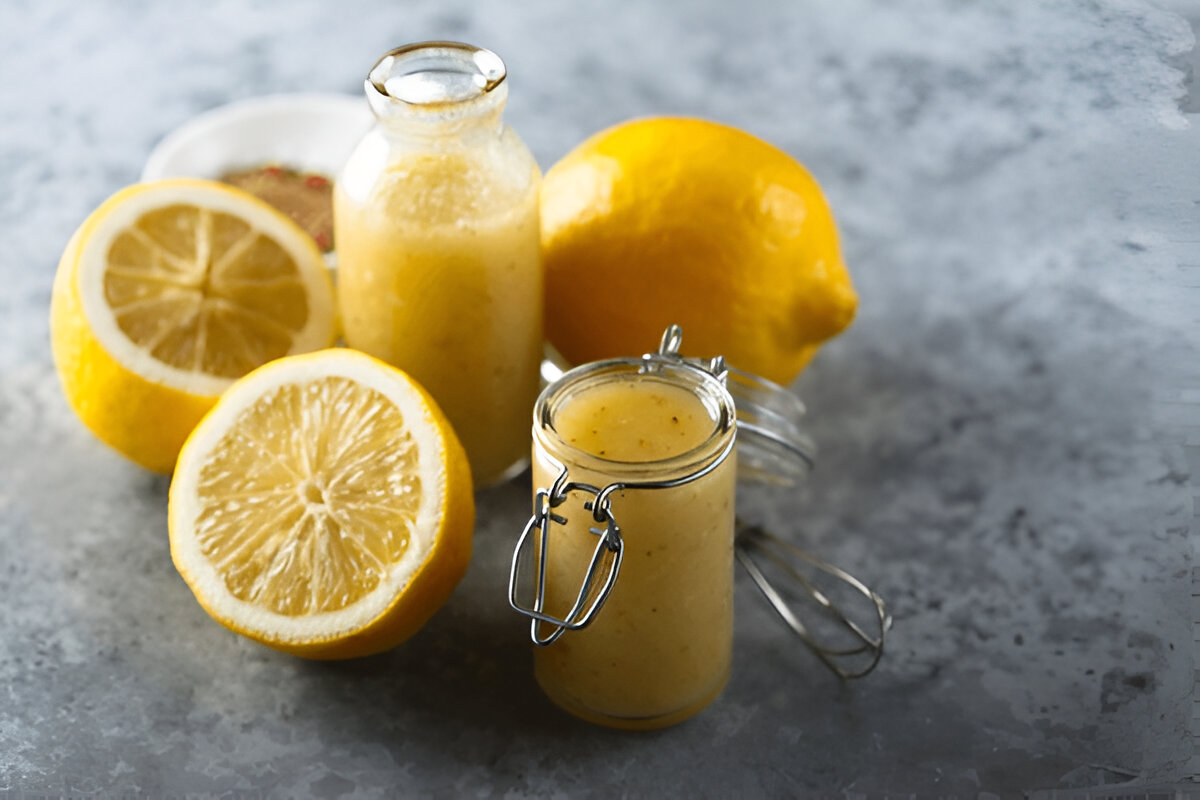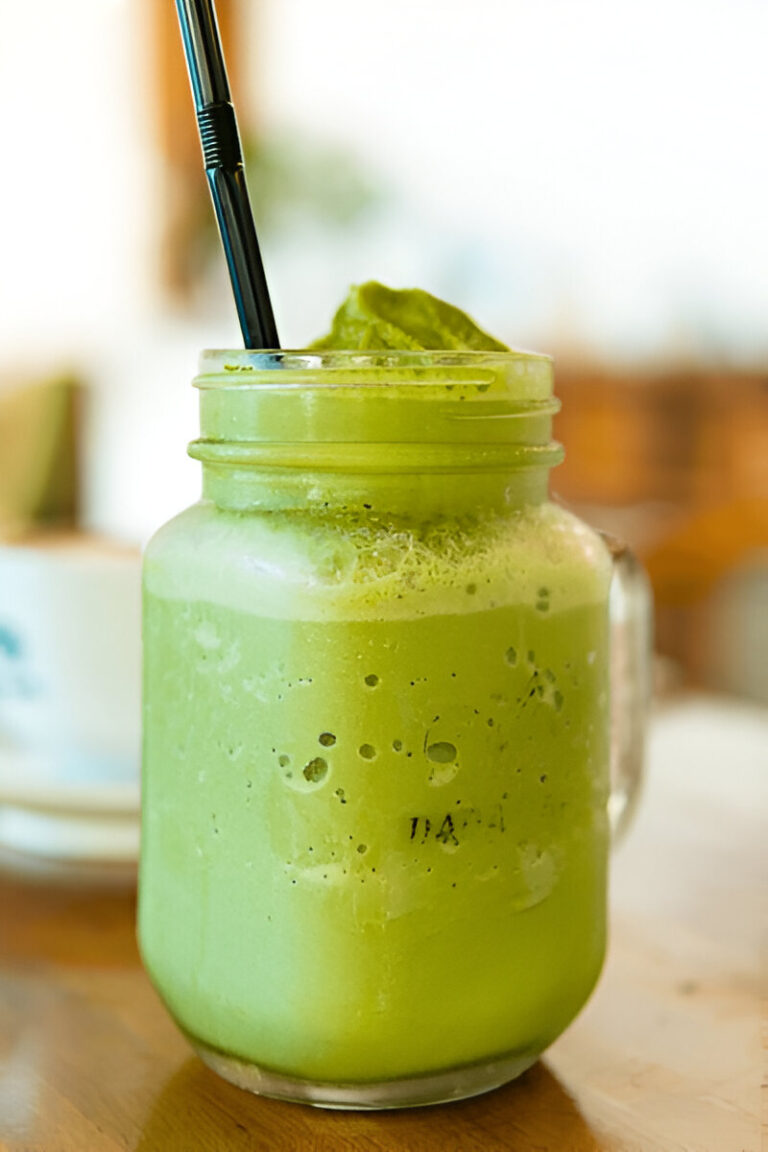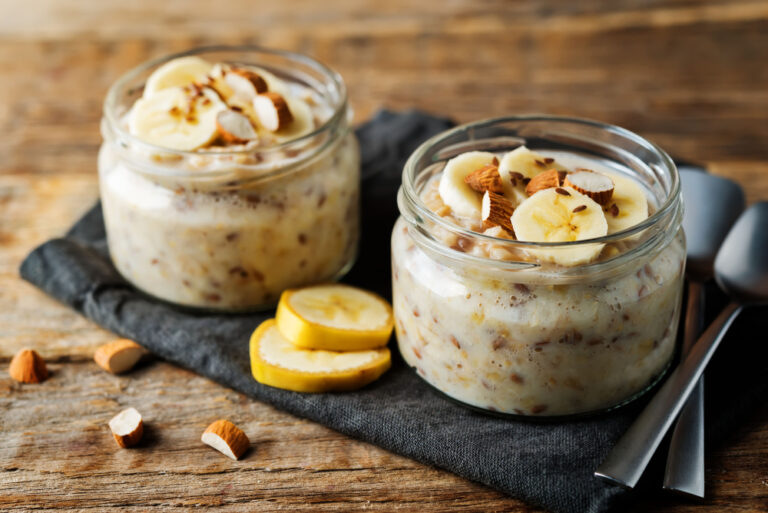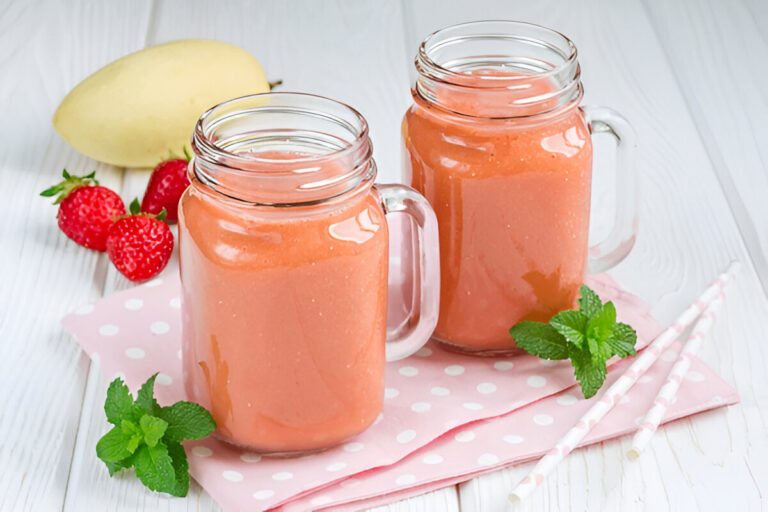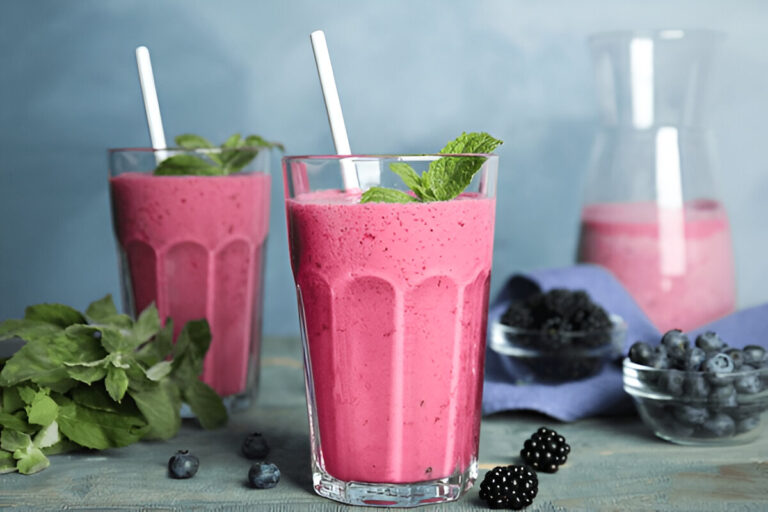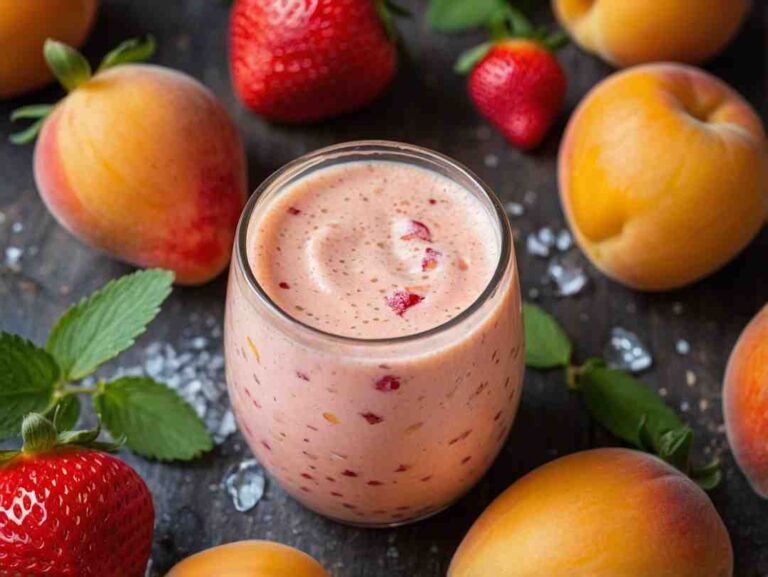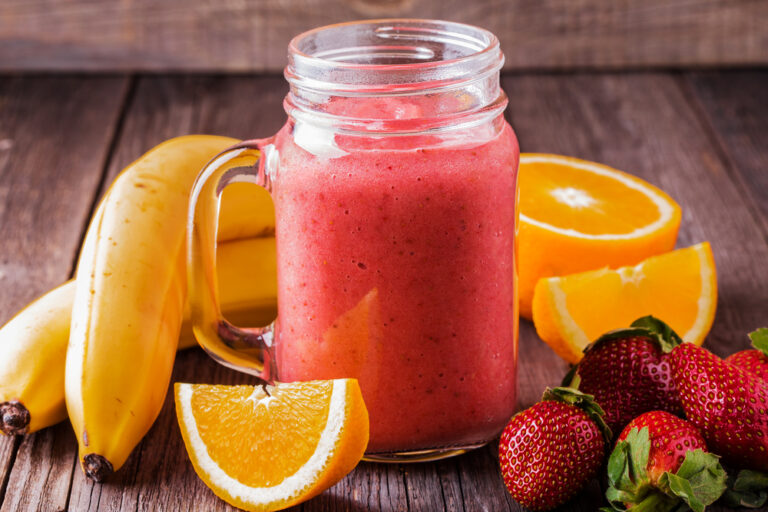The Best Homemade Lemon Curd Recipe – Sweet, Tangy & Creamy!
Bright, tangy, and irresistibly smooth, homemade lemon curd is a kitchen essential that transforms simple ingredients into a luscious, versatile treat. Whether spread on toast, swirled into yogurt, or layered in cakes, its balance of sweetness and citrusy zing makes it utterly delightful.
This easy lemon curd recipe delivers a velvety, rich texture with a vibrant lemon flavor that store-bought versions simply can’t match. Made with fresh lemons, egg yolks, and butter, it thickens to perfection on low heat, ensuring a silky consistency without curdling. Every spoonful bursts with fresh, zesty goodness.
Perfectly spreadable and beautifully glossy, this lemon curd sets up in the fridge, making it an ideal make-ahead addition to your favorite desserts. With just a few simple steps and pro tips, you’ll have a homemade citrus spread that’s as delicious as it is versatile.
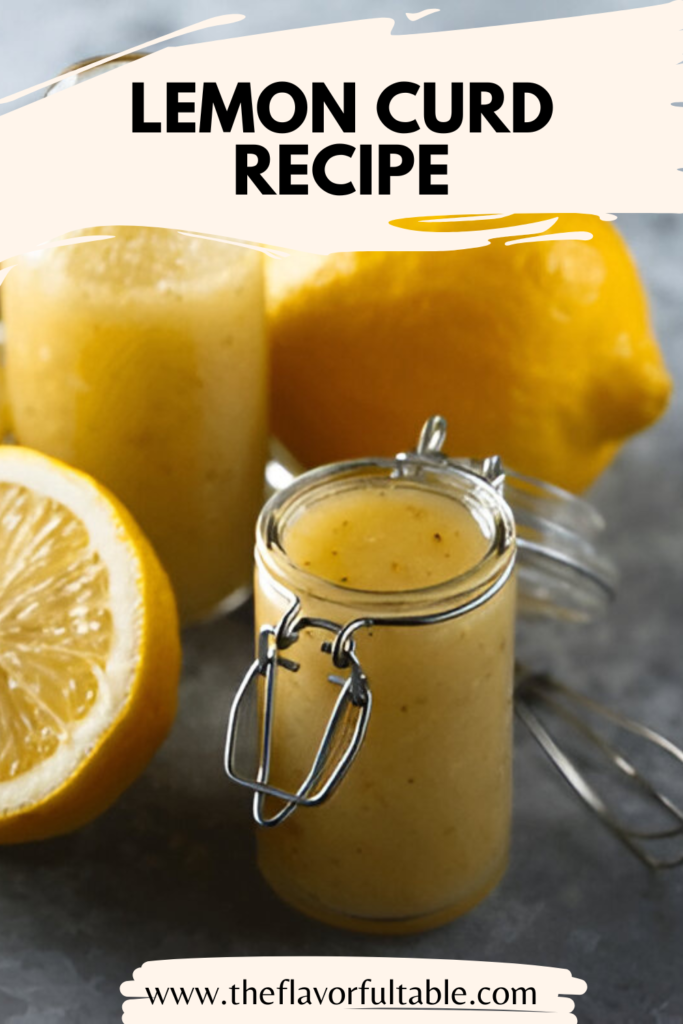
Lemon Curd Ingredients: A Harmony of Sweetness and Zest
Granulated Sugar – The backbone of sweetness, balancing the tartness of fresh lemons while lending a smooth, glossy texture.
Lemon Zest – A burst of citrusy aroma and depth, infusing the curd with vibrant, fragrant oils straight from the peel.
Egg Yolks – The secret to richness and silkiness, creating a velvety texture that sets beautifully as it cools.
Fresh Lemon Juice – The soul of the curd, delivering a bright, tangy punch that defines its irresistible flavor.
Cold Butter – The finishing touch, adding luxurious creaminess and helping the curd set into a perfectly smooth consistency.
Mastering Lemon Curd: Tips, Serving Ideas & FAQs
Lemon curd is a delightful combination of tangy citrus and silky sweetness, perfect for elevating countless desserts. To ensure your homemade lemon curd turns out flawlessly, follow these expert tips, explore creative serving ideas, and find answers to common questions.
Recipe Tips
1. Use Fresh, High-Quality Lemons for Maximum Flavor
The secret to exceptional lemon curd is using fresh, high-quality lemons. Bottled lemon juice often has preservatives that can alter the taste, making it overly tart or bitter. Freshly squeezed juice delivers the perfect balance of tangy brightness, while the zest provides an aromatic depth that enhances the overall flavor. For the best results, choose lemons that are firm, fragrant, and heavy for their size, indicating juiciness.
2. Cook on Low Heat and Stir Constantly
Lemon curd is all about achieving the perfect, silky consistency. Cooking it on low heat while stirring continuously ensures the egg yolks don’t curdle, preventing a grainy or scrambled texture. A gentle, gradual heat allows the ingredients to emulsify into a rich, smooth curd. If you’re unsure, use a double boiler to create indirect heat, making it nearly impossible to overcook.
3. Strain for an Ultra-Smooth Finish
For the silkiest texture, always strain your curd through a fine-mesh sieve before storing it. This removes any bits of zest or tiny egg solids, leaving you with a glossy, professional-quality curd. If your curd seems slightly lumpy, don’t worry—straining will refine the texture and make it perfectly spreadable.

What to Serve with Lemon Curd
1. Buttery Pastries and Toast
Lemon curd is a match made in heaven for flaky croissants, buttery scones, or crisp toast. Spread it generously for a bright, citrusy contrast to rich, buttery baked goods. It also pairs beautifully with shortbread cookies or biscuits for an afternoon tea treat.
2. Yogurt, Parfaits, and Ice Cream
For a refreshing and creamy twist, swirl lemon curd into Greek yogurt or layer it in a parfait with granola and fresh berries. It also makes an excellent topping for vanilla ice cream, adding a tart contrast to the sweet, creamy base.
3. Cakes, Tarts, and Cheesecakes
Lemon curd is a classic filling for cakes and tarts, adding a zesty kick to desserts. Use it between cake layers, as a tart filling, or as a topping for cheesecakes. Drizzling it over pavlova or blending it into buttercream frosting can also elevate your baked creations.

FAQ
1. How do I know when my lemon curd is done?
Lemon curd is ready when it thickens enough to coat the back of a spoon. You can also check with a thermometer—it should reach about 170°F (77°C). If you run your finger through the back of the spoon and the curd holds the line, it’s done.
2. Why is my lemon curd too runny?
If your lemon curd is too thin, it may not have cooked long enough. Continue cooking over low heat while stirring until it thickens. It will also firm up more as it cools in the refrigerator. If needed, you can reheat and cook it slightly longer.
3. How long does homemade lemon curd last?
Stored in an airtight container, lemon curd will keep in the refrigerator for up to a week. For longer storage, freeze it for up to three months. To use, thaw it overnight in the fridge and give it a good stir before serving.
4. Can I make lemon curd without a double boiler?
Yes! While a double boiler provides gentle heat, you can cook lemon curd directly in a saucepan over very low heat. Just be sure to whisk constantly and remove it from the heat as soon as it thickens to prevent scrambling the eggs.
With these expert tips, serving suggestions, and troubleshooting advice, you’ll have perfect lemon curd every time. Enjoy it in endless ways, from simple breakfasts to elegant desserts!
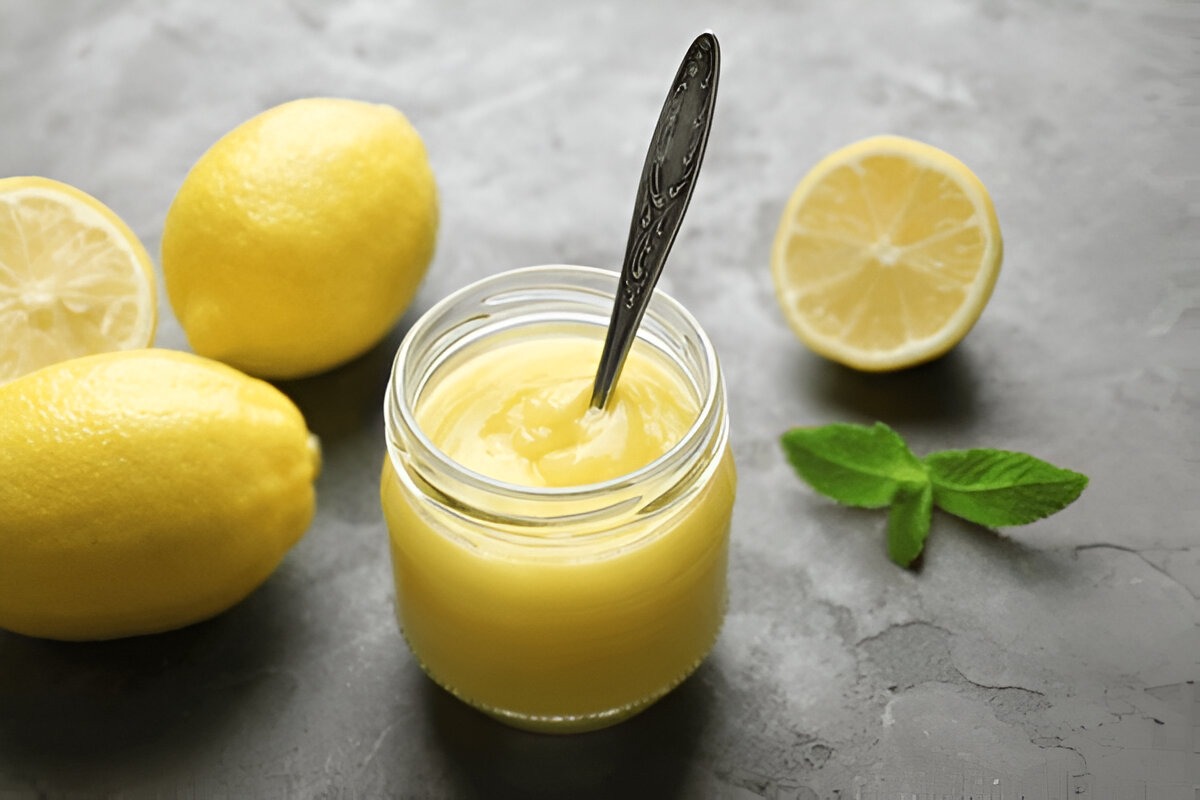
Lemon Curd
Ingredients
Method
- Separate the egg yolks from the whites. Preserve the egg whites by freezing them for later use or incorporate them into a Swiss meringue buttercream.
- Grate the lemon zest finely. For optimal flavor extraction, pulse the zest and sugar together in a food processor, though this step is optional.
- Extract the lemon juice until it amounts to approximately half a cup, ensuring that any seeds are strained out.
- Pass the egg yolks through a fine sieve into a saucepan, then gently whisk them. Add the sugar, whisking thoroughly until the mixture takes on a lighter hue. Gradually incorporate the lemon juice while stirring continuously.
- Set the saucepan over low heat, stirring constantly with a wire whisk. Continue until the mixture thickens, reaches the point of a slight simmer, and coats the back of a wooden spoon.
- Remove the saucepan from the heat and immediately add the cold butter, stirring until it melts completely and blends into the curd.
- If desired, strain the curd to remove any zest remnants or coagulated bits, ensuring an exceptionally smooth consistency.
- Transfer the curd to a sealed container or a bowl. If storing in a bowl, press plastic wrap directly onto the surface to prevent the formation of a skin.
Notes
The curd is ready once it visibly thickens and adheres to the back of a spoon.
Constant whisking is essential to prevent the eggs from scrambling; do not cease stirring until the curd is removed from the heat.
Maintain a low temperature to avoid overheating the eggs, which can cause curdling. If your stove lacks a sufficiently low setting, consider using a double boiler for gentle heating.
For proper setting, allow the curd to cool entirely before using it as a cake filling.
Placing a layer of plastic wrap directly on the surface while cooling will prevent an undesirable skin from forming.
Chilling in the refrigerator will further thicken the curd, achieving the ideal consistency.
Storage: Refrigerate for up to one week or freeze for a maximum of three months.

